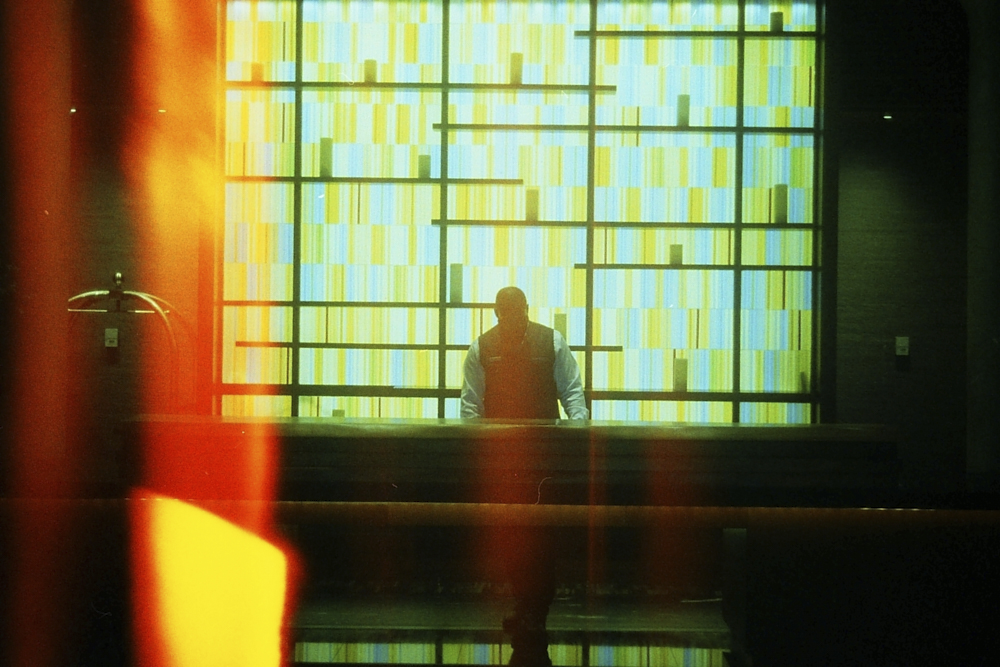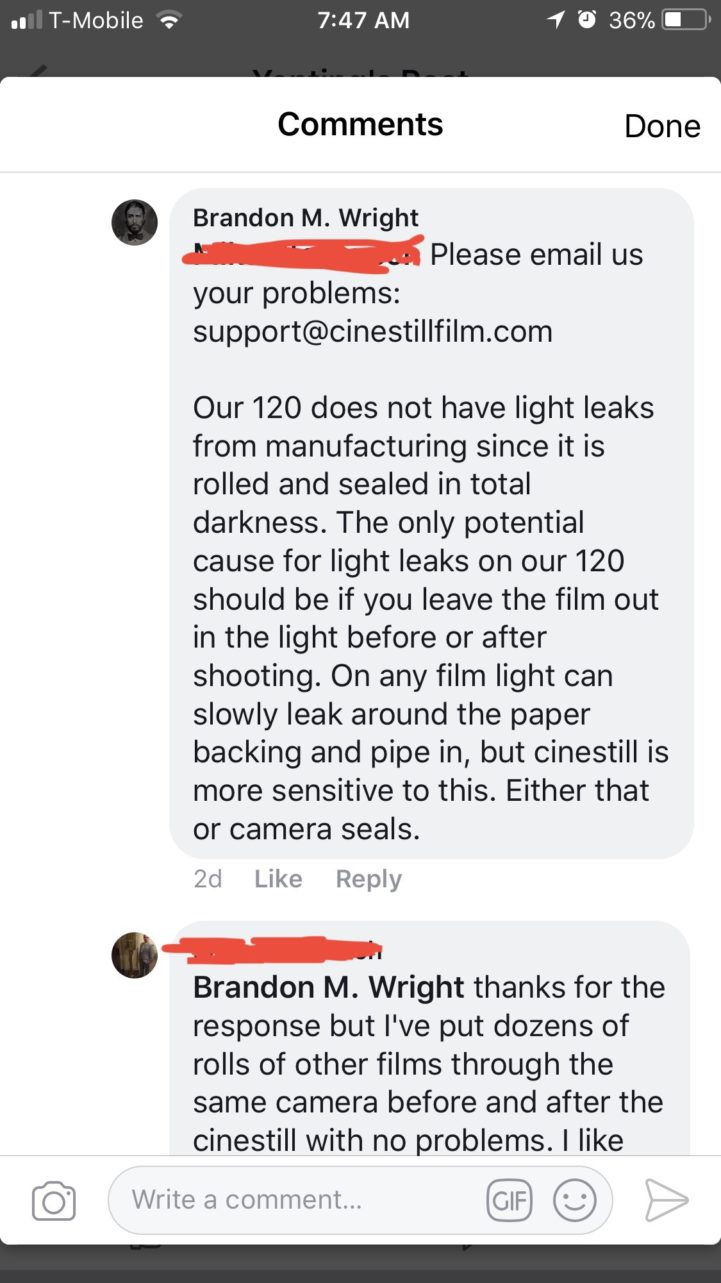A founder of CineStill weighs in on what’s caused Light Leaks on their film
Tons of photographers absolutely adore CineStill’s films. They give you a look that you simply can’t get at all in digital due to how they’re treated and developed. But one of the biggest problems that has been consistent with CineStill film though is the light leaks that they can give off. And in most cases, one of two things tend to happen.
The first thing that can happen is you’ll see these sort of weird emulsion marks on your film. They’ll be typically a lot more random than light leaks. These occur because there was some sort of error usually with the way that the film was treated. For CineStill film to become what it is, they take Cinematic film and remove the Remjet layer for development with normal C41 processes. Sometimes though there are remnants and this is what I’ve been told is the case. Either way, if you contact CineStill and show them what happened, they’ll typically send you new film with no problems.
But then there are other things that happen; like actual Light leaks. According to Brandon Wright, who is one of the founders, it’s because the film is very sensitive to light. Here’s what he said in a Facebook group chat.
Indeed, I haven’t seen it happen with any of the CineStill 120 film emulsions but I’ve seen it happen in earlier years a lot with their 35mm emulsions. The film has been improved over the years though and I don’t really see it that often. To boot, I also keep it in dark pockets within my camera bag.
After using CineStill film for a couple of years, what I’ve learned is that you need to be super careful with it. It’s a versatile film but you need to store it safely and carefully. When you shoot it, you need to thread it carefully and roll it back up carefully. Otherwise, it can get destroyed. However, the results are pretty much always beautiful. Even if they won’t be what you want, the beauty of this film is that it’s virtually impossible to get a bad photo with it.




